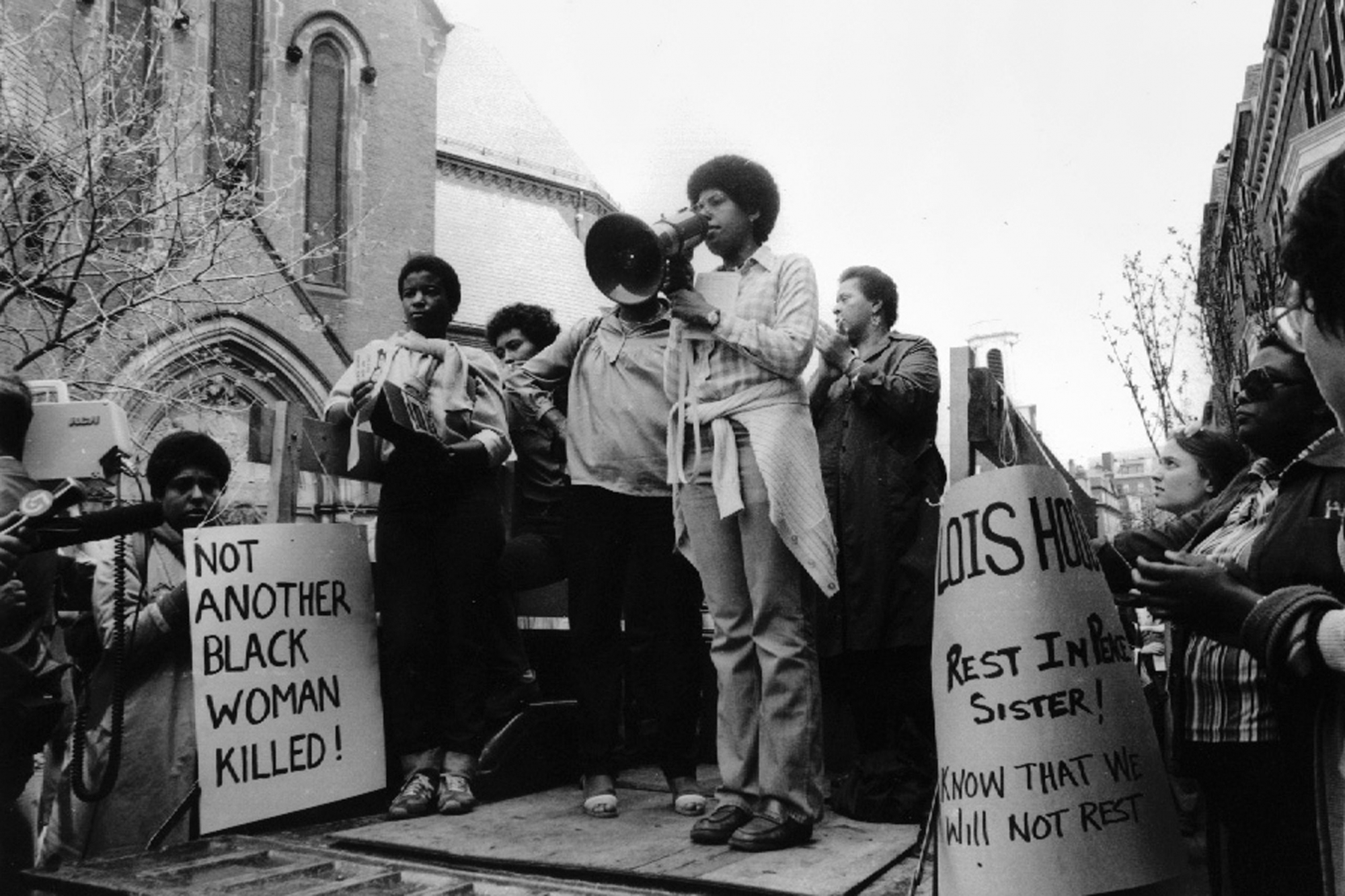About the Intersectionality Research Institute
Intersectionality 101: What is Intersectionality?
So let’s start with the basics, and a bit of history. We call this Intersectionality 101. Historically rooted in Black feminist activism and academic disciplines such as critica legal studies and women’s studies, intersectionality is a critical theoretical framework that highlights how power and privilege are differently structured within and across diverse groups of people at multiple and interlocking demographics. Simply put, intersectionality is the concept that all oppression is linked and people are often disadvantaged by multiple sources of oppression: their race, class, gender identity, sexual orientation, and religion, just to name a few. So for a Black woman, Intersectionality recognizes that your identity as a “woman” and as “black” do not exist independently of each other. These identities are “interlocking” meaning each informs the others, often creating a complex convergence of oppression.
Intersectionality: A Brief History
In 1979, the Combahee River Collective, a collective of Black feminists issued one of the first articulations of intersectionality in a profound statement in which they defined their commitment to actively:
…struggling against racial, sexual, heterosexual and class oppression, and see as our particular task the development of integrated analysis and practice based upon the fact that the major systems of oppression are interlocking. The systems of these oppressions creates the conditions of our lives.
From the mid-1970s onward, foundational writings published in books such as Sister Outsider, Home Girls: A Black Feminist Anthology, and This Bridge Called My Black: Writings by Racial Women of Color, Women, Race and Class by Black feminists such as Audre Lorde, Barbara Smith, bell hooks, Angela Davis and Latina and Chicana feminists such as Cherríe Moraga and Gloria Anazaldúa, profoundly expressed the linkages between the experiences of women of color, and intersectional racism, sexism, heterosexism and classism.
Then in 1989, in a groundbreaking law review article titled, Demarginalizing the Intersection or Race and Sex: A Black Feminist Critique of Antidiscrimination Doctrine, Feminist Theory and Antiracist Politics”, critical race theorist and intersectionality scholar, Kimberlé Crenshaw became one of the first to use term intersectionality to highlight how policies and practices typically ignored women of color by implicitly defining race as issues relevant to Black men, and defining sex/gender as issues relevant to White women.
A year later, sociologist Patricia Hill Collins, published Black Feminist Through: Knowledge, Consciousness, and the Politics of Empowerment, a profound work that also articulated core tenets of intersectionality such as race, gender, and class as interlocking systems of oppression in a matrix of domination. And from then on, the rest as they say, is history.
Intersectionality as Action: Applying Intersectionality
Although scholarly debates still persist about what intersectionality is — Is it a theory? An analytical framework? Something else? — we’re not particularly interested in them. Instead of debating what intersectionality is, we’re more interested in spotlighting what intersectionality can do for research, policy and practice. And, we want to train others how to do it, and do it with fidelity to intersectionality’s historical roots and core tenets. Simply put, our goal is to address one of the biggest gaps about intersectionality: how to apply intersectionality to real-world problems.
Intersectionality has numerous benefits for research, policy and practice. Among them are intersectionality’s ability to:
- Highlight the limitations of “single-axis” (e.g., gender or race or class), and the advantages of multiple “matrix” (e.g., gender, race, sexual identity, and class) perspectives for understanding the role of privilege and social inequality on.
- Make the experiences of “intersectionally invisible” groups visible. Take an issue such as police brutality, for example. As the #Say Her Name Project highlights, most people think of Black men and boys when they think of police brutality, not Black cisgender girls, women and transgender and other gender minority people who are also disproportionately affected by police violence but are often invisible in media accounts, advocacy, and policy solutions.
- Center the experiences of groups marginalized by multiple and interlocking forms of oppression (e.g., institutionalized racism, sexism, heterosexism, and classism) to ensure that that research and policy solutions acknowledge and address what leading intersectionality scholar Kimberlé Crenshaw calls, their “specific and particular” concerns and needs.
- Highlight critical gaps in conventional logic, such as how research and policies developed for groups such as “women and minorities,” often neglect the experiences and needs of people who are both racial/ethnic minorities and women.



